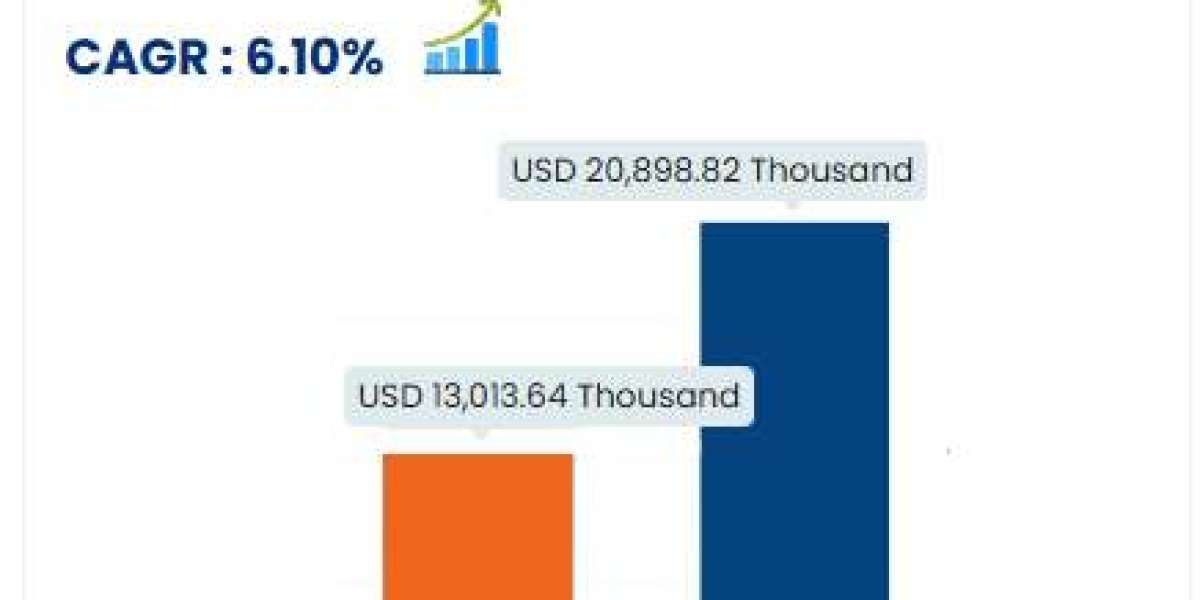This ongoing shift is not the result of a single policy decision or market event but rather a confluence of geopolitical pressures, technological innovations, and strategic economic realignments.
A Decentralized Financial Future
The U.S. dollar, while still dominant, is gradually facing structural dilution as more nations diversify their currency reserves and seek alternatives for cross-border transactions. Central banks from China to the Middle East are increasing holdings in non-dollar assets such as gold, the euro, and even digital currencies. The goal: reduce dependency on a single currency and enhance monetary autonomy.
This global currency shift is supported by two key drivers:
- Geopolitical fragmentation—especially among BRICS+ and sanctioned economies.
- Technological advancements—particularly the rise of blockchain and central bank digital currencies (CBDCs).
As digital infrastructure matures, countries are now capable of building financial systems that operate parallel to dollar-based mechanisms.
Implications for Businesses and Investors
The rebalancing of currency influence will impact global business operations across multiple dimensions:
- Transaction Costs: With new digital settlement platforms bypassing traditional banking systems, transaction fees and clearing times can be significantly reduced.
- Exchange Rate Exposure: Companies operating in multiple regions must reassess hedging strategies as volatility in legacy currency pairs increases.
- Investment Portfolios: Asset managers are being urged to reassess exposure to dollar-denominated instruments and increase diversification into commodities, real assets, and alternative currencies.
Moreover, the global currency shift introduces new liquidity centers. Financial hubs such as Singapore, Dubai, and Hong Kong are increasingly positioning themselves as gateways for digital asset trading, crypto-finance, and multi-currency investment instruments.
Strategic Considerations for 2025
For executives, treasurers, and global strategy teams, adapting to this shift requires more than short-term planning—it demands structural change:
- Adopt multi-currency invoicing systems to enhance client flexibility and reduce FX risk.
- Integrate crypto-friendly payment rails, particularly for emerging market exposure.
- Follow regional monetary developments, especially CBDC implementation across Asia, Africa, and Latin America.
While full dollar displacement is not imminent, the direction is clear: monetary power is becoming more distributed, and adaptability will be key to long-term competitiveness.
Conclusion: A New Era of Monetary Multipolarity
The global currency shift represents more than diversification—it’s a redefinition of global monetary influence. For businesses and investors willing to pivot, this transition offers both challenge and opportunity. Those who act now will be better positioned to thrive in a decentralized, multi-currency global economy.



